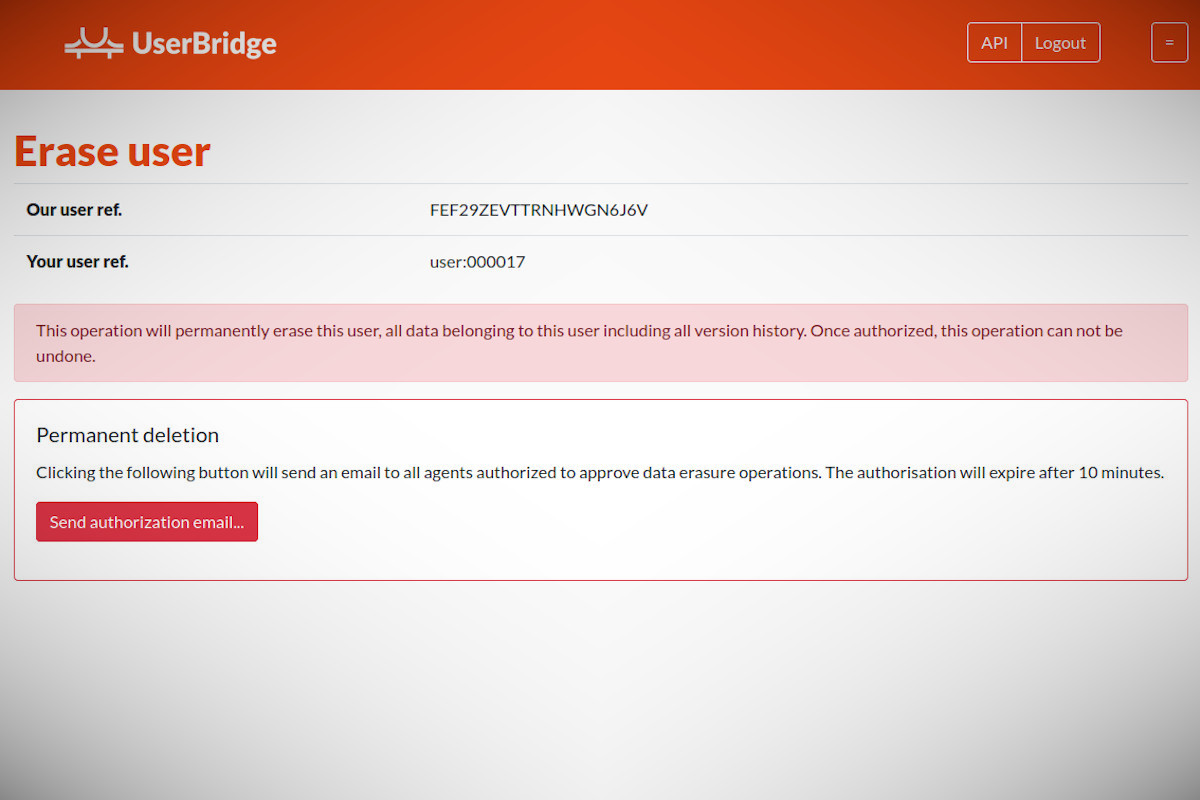

This article takes a closer look at when people can make a right to be forgotten request, the value it adds for EU residents, and how organizations can create a right to be forgotten form to ensure GDPR compliance. Of course, given competing interests and the hyper-connected nature of the Internet, the right to be forgotten is much more complicated than an individual simply requesting that an organization erase their personal data. The “right to be forgotten,” which received a lot of press after the 2014 judgment from the EU Court of Justice, set the precedent for the right of erasure provision contained in the GDPR. The General Data Protection Regulation ( GDPR) governs how personal data must be collected, processed, and erased. Here we explain when the right to be forgotten applies and when it doesn’t. But organizations don’t always have to do it. Also known as the right to erasure, the GDPR gives individuals the right to ask organizations to delete their personal data.


 0 kommentar(er)
0 kommentar(er)
